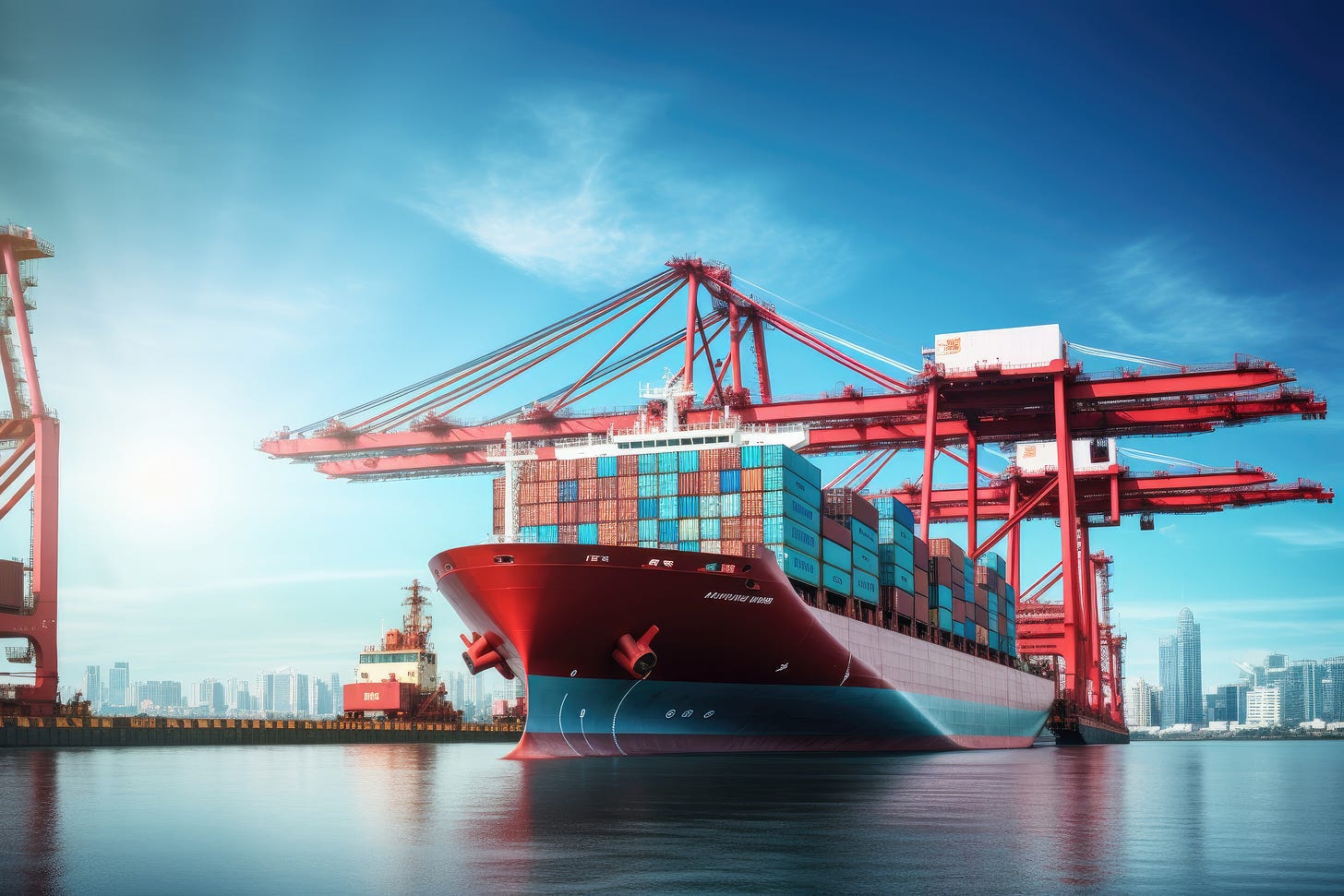Donald Trump just hit pause — but don’t mistake it for retreat.
In a post on his Truth Social platform, the U.S. president announced a 90-day suspension of tariffs, along with what he called a “substantially lowered Reciprocal Tariff” of 10%, both effective immediately.
“I have authorized a 90-day PAUSE, and a substantially lowered Reciprocal Tariff during this period, of 10%,” Trump wrote. “Also effective immediately.”
It reads like de-escalation. It’s anything but.
This isn’t the end of Trump’s tariff war — it’s the consolidation phase. The smoke has cleared just long enough for his team to make their real play: a 10% universal tariff on all imports, packaged as tough trade policy but engineered to bankroll billionaire tax cuts. And if this temporary calm gives them the cover to push it through? The fallout won’t land on China. It’ll land squarely on working Americans.
In the same breath, Trump announced that tariffs on China would rise to 125%, citing “the lack of respect that China has shown to the world’s markets.” Last week, while covering Trump’s on-again, off-again Tariff Tantrum, I got stuck on something former Treasury Secretary Steve Mnuchin said. And I haven’t been able to shake it.
In an interview, Mnuchin laid it out:
“One is the 10% across-the-board tariff, which I’ve commented on — that’s a form of a consumption tax. I would suggest they put that into the reconciliation bill, score it, and use that money to pay down debt or fund tax relief… I do think the market can adjust to a 10% tariff. It’ll be partially adjusted in costs and partially adjusted in the currency.”
Then came the real tell:
“I think the larger tariffs — the so-called reciprocal tariffs — are meant to bring people to the table… These are leverage tools… The President will consider offering credits to companies that have made real commitments… There’s a transition period here, and it needs to be accounted for.”
That’s the play. Tariffs not just as trade policy, but as a revenue engine — one that can be scored in reconciliation and used to finance permanent tax cuts. Mnuchin wasn’t freelancing. He was echoing Trump’s January 20 blueprint. He was signaling to Wall Street and Washington alike: the GOP has found its workaround.
We still don’t know how long this 90-day pause will hold. Nor do we know if Trump’s 125% tariff on China is his ceiling — or just a step. He’s already gone from 34 to 104 to 125. China sees this as both a political and economic threat. As a dictatorship, it cannot afford to be seen backing down. That leaves them two options: escalate publicly, or work toward a climbdown behind closed doors. Neither will be easy.
But here’s the real kicker: Trump and his team have a clear agenda. It’s the 10% tariff — across the board. After bludgeoning the world with escalating threats, suddenly 10% starts to look... reasonable. Acceptable. Maybe even inevitable.
So what does the rest of the world do?
Will Europe put up a fight and play hardball — or try to dance around it?
What will Canada do? Japan? South Korea?
And what about China? Will it accept a 10% tariff in exchange for peace — or retaliate?
There’s already mass confusion around the world. Markets were bracing for a downturn, and now this sudden pause feels, to many, like a reprieve. Against that backdrop, the odds of Trump cementing the 10% tariff — and making it permanent — suddenly look pretty strong.
And that’s the real story.
Because if Trump holds the line on a 10% universal tariff, he may very well raise the $1.9 trillion his team has been eyeing. That money would flood into the U.S. Treasury — not to help ordinary Americans, but to finance billionaire tax cuts.
Let’s do the math.
Trump’s playbook is simple:
Step 1: Pass the tax cut through reconciliation — that opens up $1.5 trillion.
Step 2: Use the 10% tariff as a revenue engine — another $1.9 trillion.
Boom. You’re sitting on $3.4 trillion.
Step 3: Gut federal agencies, slash discretionary spending, stop money from flowing into regulatory bodies — and suddenly, finding the last trillion isn’t so backbreaking. At that point, the billionaire tax cuts aren’t just possible. They’re paid for.
This is how the GOP gets it done. Not through a grand legislative coalition. But through tariffs — a backdoor tax on the working class. Because make no mistake: that 10% doesn’t come out of corporate profits. Automakers won’t eat the cost. Electronics companies won’t take the hit. It gets passed down.
To dads buying washing machines.
To moms stretching to afford a family car.
To every worker trying to hold onto what little disposable income they have left.
And meanwhile, the billionaires walk away with a massive tax cut — the kind that buys a new yacht, a private jet, or another beachfront mansion. The GOP tried cutting Medicaid and federal jobs, and Americans pushed back. Town halls turned ugly. The backlash was real. But now they've found a new trick.
This time, it’s tariffs.
And it’s coming out of your pocket.





"Because if Trump holds the line on a 10% universal tariff, he may very well raise the $1.9 trillion his team has been eyeing." I don't understand this. The tariff will be paid by the buyers/consumers as an effective tax. How does that put more $ into the government's coffers? How exactly does that allow the raising of funds to offset tax cuts?
Together with all the Trumpist unpredictability and all the anger that the US has caused, I'd expect a 10% flat tariff to be enough to cause supply chains to reorient away from the US. Not in panic mode, but steadily, in a long-term process that won't easily be reversed.